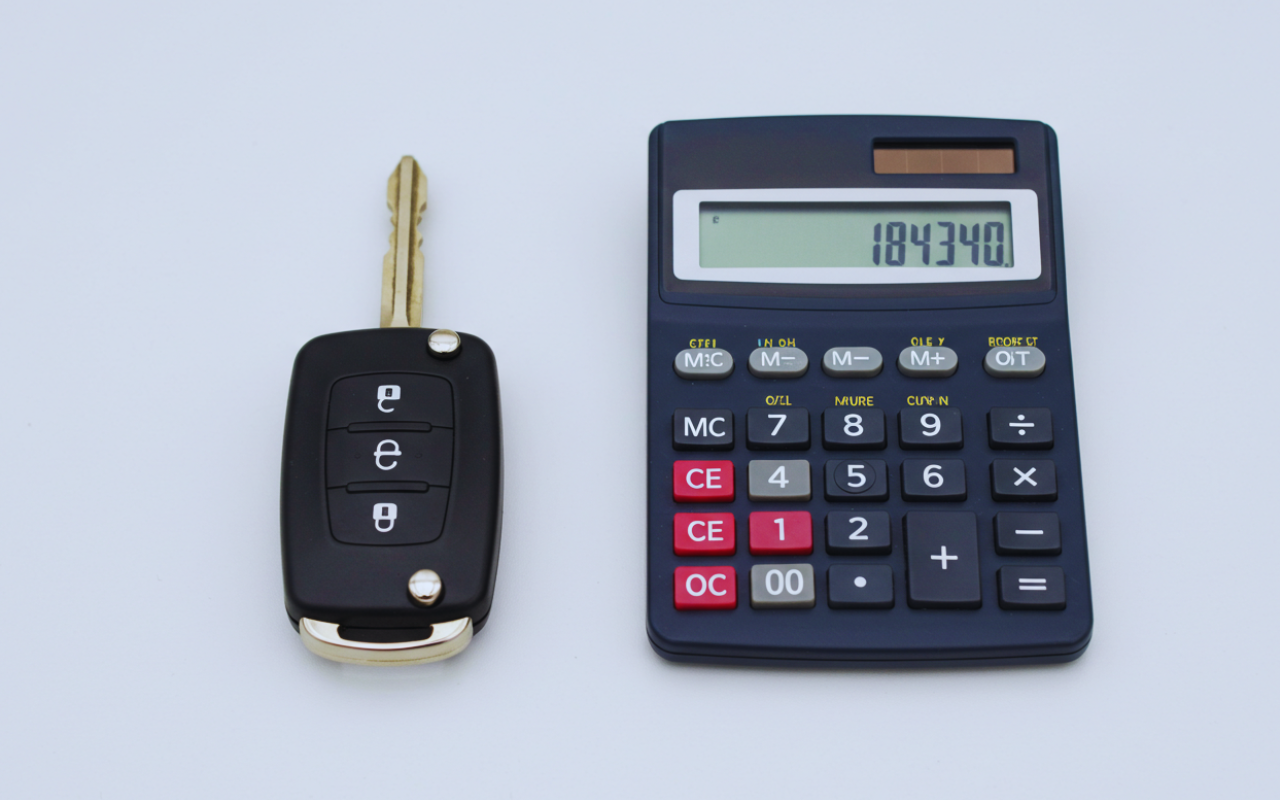Buying a used car can be an exciting yet nerve-wracking experience. Whether you’re upgrading your current ride or purchasing your very first vehicle, the process requires a mix of knowledge, patience, and a little bit of detective work. The good news? With the right approach, you can find a reliable used car without falling prey to scams. Let’s dive into some practical tips to help you navigate the process like a pro.

1. Set a Budget and Stick to It
Before you start browsing listings, take a moment to assess your finances. Decide how much you’re willing to spend on a car and factor in additional costs like insurance, registration, taxes, and potential repairs. Having a clear budget will help you avoid overspending and keep your search focused.
→ Pro Tip: If you’re financing the car, aim for monthly payments that don’t exceed 15% of your monthly income.
2. Do Your Research
Knowledge is power when it comes to buying a used car. Start by identifying the type of vehicle that suits your needs, whether it’s a fuel-efficient sedan, a spacious SUV, or a rugged truck. Once you’ve narrowed it down, research the models you’re interested in. Look up reviews, reliability ratings, and common issues for those vehicles. Websites like Kelley Blue Book (KBB) and Edmunds are great resources for checking fair market values and comparing different makes and models.
3. Shop from Reputable Sellers
When buying a used car, where you shop matters. You generally have three options: dealerships, private sellers, or online platforms. Each has its pros and cons:
- Dealerships: Often offer certified pre-owned (CPO) vehicles that have been inspected and come with warranties. However, prices may be higher.
- Private Sellers: Typically offer lower prices but may lack transparency about the car’s history.
- Online Platforms: Websites like Carfax, Autotrader, and Facebook Marketplace provide a wide range of options but require extra caution to avoid scams.
No matter where you shop, trust your instincts. If something feels off about the seller or the deal, walk away.
4. Check the Vehicle History Report
A vehicle history report is like a car’s biography, it tells you where it’s been and what it’s been through. Services like Carfax or AutoCheck can provide crucial details about:
- Previous owners
- Accident history
- Title status (e.g., clean or salvage)
- Maintenance records
- Odometer readings
→ Avoid cars with red flags like a salvage title or inconsistent mileage. These could indicate serious issues or tampering.
5. Inspect the Car Thoroughly
→ Even if the car looks great in photos or on paper, it’s essential to inspect it in person. Here’s what to look for:
- Exterior: Check for dents, scratches, rust, or mismatched paint (a sign of previous repairs).
- Interior: Inspect the seats, dashboard, and upholstery for wear and tear. Test all features like the air conditioning, radio, windows, and lights.
- Under the Hood: Look for leaks, corrosion, or worn belts. Even if you’re not a car expert, obvious signs of neglect are red flags.
- Tires: Uneven wear could indicate alignment issues or suspension problems.
6. Take It for a Test Drive
→ Never skip the test drive, it’s your chance to see how the car performs on the road. Pay attention to:
- How smoothly the engine starts and runs
- Brake responsiveness
- Steering and handling
- Any unusual noises (e.g., rattling or squeaking)
Test the car in different conditions if possible, city streets, highways, and even hills to get a full picture of its performance.
7. Have a Mechanic Inspect It
Even if everything seems fine during your inspection and test drive, it’s worth spending a little extra to have a trusted mechanic check out the car. They can identify hidden issues that might not be obvious to the average buyer.
→ Pro Tip: If the seller refuses to let you take the car for an inspection, consider it a major red flag and walk away.
8. Beware of Scams
→ Unfortunately, scams are common in the world of used cars. Here are some red flags to watch out for:
- Too Good to Be True Prices: If the price is significantly lower than market value, proceed with caution.
- Pressure Tactics: A legitimate seller won’t rush you into making a decision.
- Requests for Wire Transfers: Always use secure payment methods.
- No Title or Registration: The seller should have these documents ready for you to review.
Stay vigilant and trust your gut, if something doesn’t feel right, it’s better to be safe than sorry.
9. Negotiate Like a Pro
Once you’ve found a car you like, don’t be afraid to negotiate! Research comparable prices in your area to have an idea of what’s fair. Be polite but firm when discussing the price with the seller.
→ Pro Tip: Point out any flaws or necessary repairs as leverage to lower the price.
10. Finalize the Deal Carefully
When it’s time to close the deal, make sure all paperwork is in order. Double-check that the title is clean and matches the seller’s name. If buying from a private seller, draft a bill of sale that includes all key details (e.g., purchase price, VIN, and both parties’ signatures).
If buying from a dealership, read through all contracts carefully before signing anything. Watch out for hidden fees or unnecessary add-ons.
Conclusion
Buying a used car doesn’t have to be stressful or risky. By doing your homework, staying vigilant, and taking your time, you can drive away with confidence knowing you made a smart purchase. Remember: The right car is out there waiting for you, you just need to find it!

![How to Get the Best Deal at a Car Dealership [Without Being Ripped Off]](https://autoreviewzone.us/wp-content/uploads/2025/06/how-to-get-the-best-deal-at-a-car-dealership-without-being-ripped-off-800x533.png)
![[Electric Cars vs Hybrid Cars] Which One Should You Buy?](https://autoreviewzone.us/wp-content/uploads/2025/06/electric-cars-vs-hybrid-cars-which-one-should-you-buy-800x533.png)
